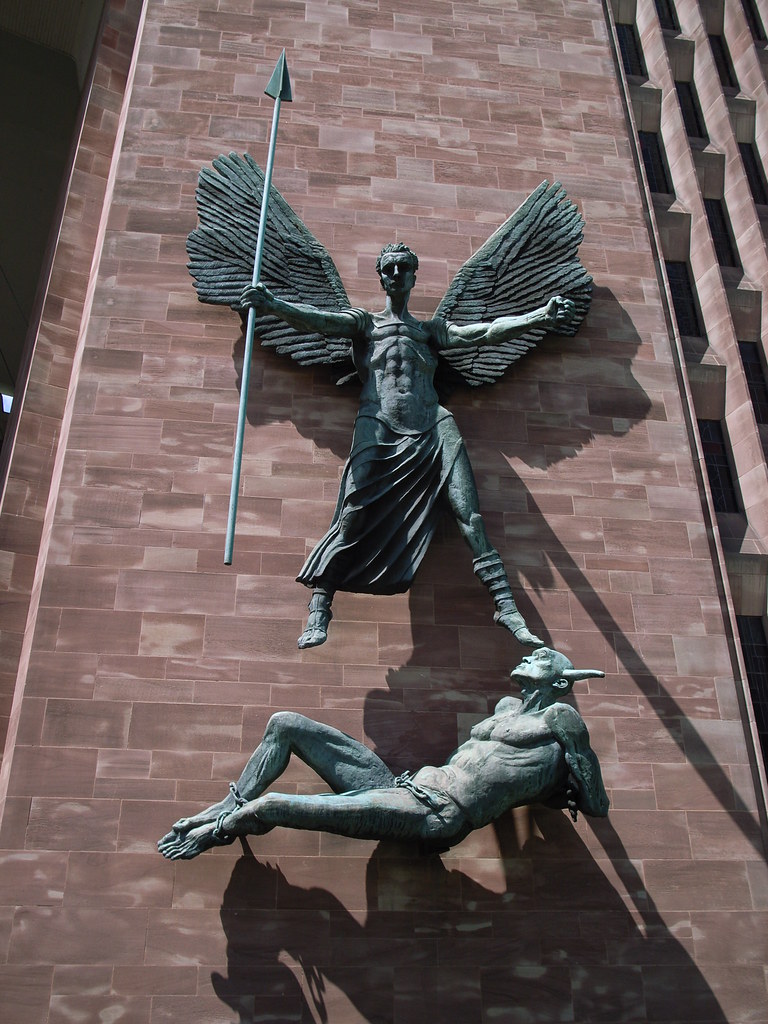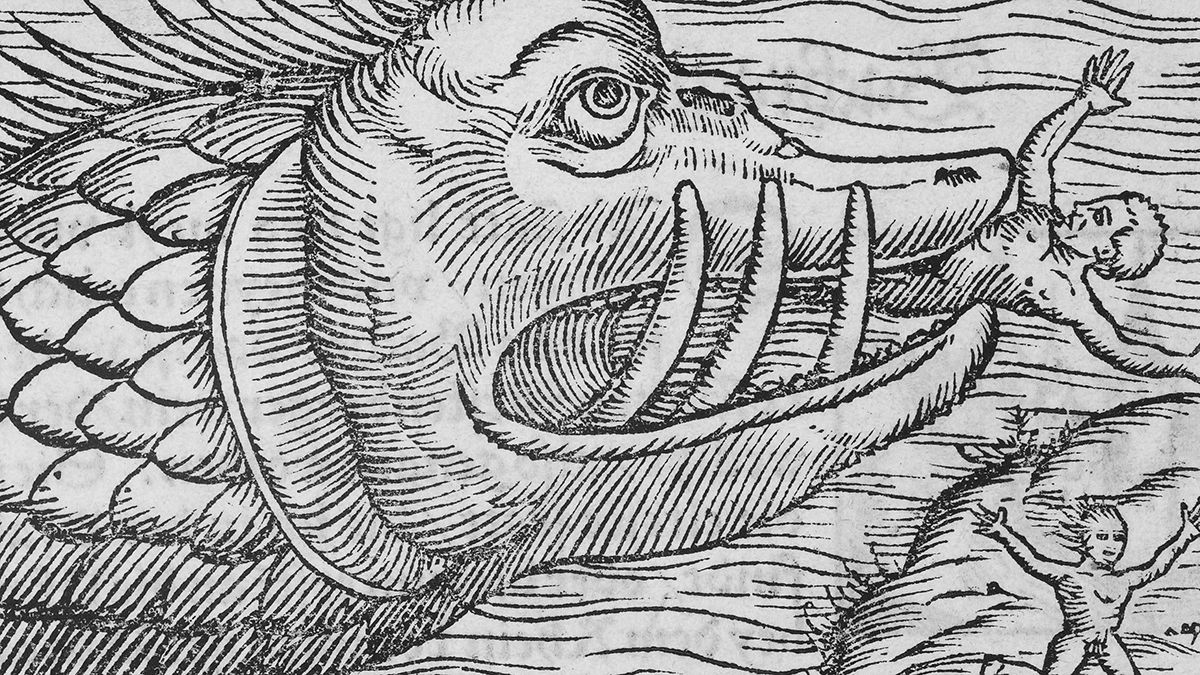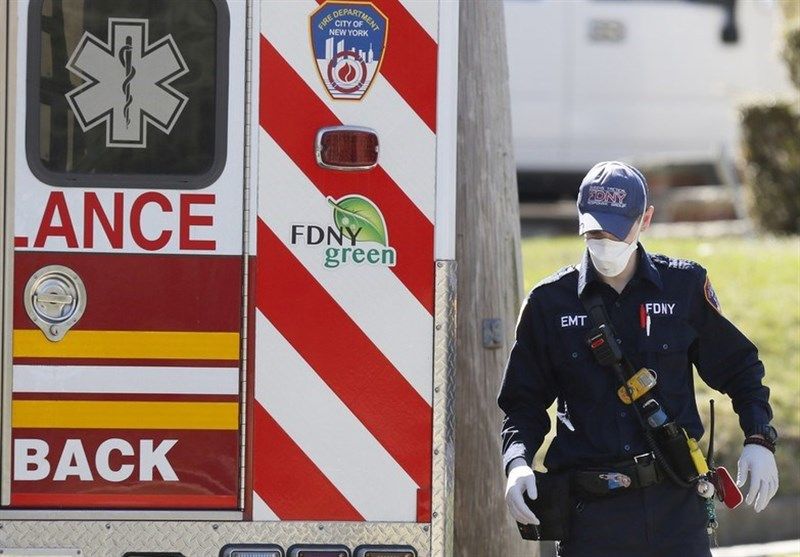
The 1980s, a decade synonymous with vibrant pop culture, unprecedented technological shifts, and a pervasive sense of both optimism and underlying anxiety, held a unique mirror to American society. While the rhythm of MTV pulsed through living rooms and leg warmers defined a generation’s style, a different kind of shadow was gathering, fueled by fears both real and imagined. Amidst the Cold War’s nuclear specter and the emerging AIDS crisis, a profound moral panic began to take root, one that would redefine the decade’s collective consciousness: the Satanic Panic.
This era saw a perceived reality emerge where ordinary life became a battleground between traditional values and a sinister, demonic perversion. It was a time when many became convinced that a secret, widespread cult of devil worshippers was actively plotting to molest and torture children. The hysteria extended beyond the vulnerable youth, suggesting that adults themselves might harbor repressed, blasphemous memories of ritual satanic abuse, waiting for a “gifted therapist” to exhume them from the depths of their subconscious.
This pervasive fear, which would eventually spread internationally to the United Kingdom, Australia, Canada, the Netherlands, and South Africa, was not a mere fleeting concern. It was a viral, widespread unrest, described as a “moral panic” by sociologists. This cultural bonfire was ignited by a complex interplay of media sensationalism, advocacy organizations, religious groups, political figures, and fictional narratives. To understand the profound grip this phenomenon held, we must first explore the cultural kindling and the initial sparks that set this extraordinary decade ablaze.

1. **The Genesis of a Moral Panic: Setting the Stage in the 1980s**The unsettling scene at a small country church, reported in The Muncie Evening Press in April 1989, provided a stark visual of the fear that had taken hold. There, emblazoned on a wall, was a smiley-faced, spray-painted figure—old Beelzebub himself. Accompanied by a pentagram and a one-legged baby doll with a mysterious red substance, a police officer believed he had stumbled upon “evidence of Satan worship,” igniting “breathless coverage.” This incident, though seemingly isolated, was a potent symbol of a broader phenomenon.
This local report was merely a microcosm of the “Satanic Panic” of the 1980s, a “real thing that got a lot of attention and gripped some people in fear.” While history has recorded centuries of “witch hunts” across many nations, the 1980s version was uniquely sparked by the disappearance of a college student, who happened to enjoy the Dungeons & Dragons roleplaying game, coupled with alarming, widespread reports of ritual child abuse. These two distinct narratives converged to create a potent and terrifying new monster in the public imagination, setting the stage for a decade defined by unfounded anxieties and moral outrage.

2. **The Case of James Dallas Egbert III and Dungeons & Dragons**One of the earliest sparks for the burgeoning panic traced back to the enigmatic disappearance of James Dallas Egbert III. A genuine prodigy, Egbert began his studies at Michigan State University at the tender age of 16. In August 1979, at just 17, he vanished from his dorm room, spending time in the university’s underground steam tunnel system, perhaps contemplating suicide. His subsequent disappearance for a few weeks, before contacting a private investigator hired by his parents, only deepened the mystery surrounding him.
Egbert’s tragic story culminated a year after his initial disappearance, when he died of a self-inflicted gunshot wound. Crucially, news coverage of his disappearance and death widely reported that he was a devoted fan of Dungeons & Dragons, the popular role-playing game. This seemingly innocuous detail became a central, albeit unfounded, part of the narrative. In 1984, the private investigator, William Dear, published “The Dungeon Master: The Disappearance of James Dallas Egbert III,” a book that significantly “played up the theory that Egbert did play or at least intended to play D&D in the steam tunnels.” Despite the sensational claims, it’s vital to note that “no conclusive link between Egbert’s death and D&D was ever established,” yet the seed of fear linking the game to dangerous activities had been firmly planted in the public consciousness.

3. **“Michelle Remembers”: The Book that Ignited a Firestorm**As the shadow of the Satanic Panic began to lengthen, a singular book emerged that played a pivotal, albeit deeply problematic, role in fueling public fear: “Michelle Remembers.” Published in 1980, around the time of Egbert’s death, this book purported to be the true story of Michelle Smith, co-authored with her psychiatrist, Lawrence Pazder. It claimed to recount Smith’s harrowing “childhood sexual abuse involving Satanic rituals,” a sensational narrative of horrific abuse by a satanic cult during the 1950s.
“Michelle Remembers” captivated a wide audience, significantly “influencing public perception and fueling the 1980s hysteria.” The book’s disturbing tales of satanic ritual abuse, despite a glaring “lack of credible evidence,” were widely believed and echoed in subsequent allegations. Although “Michelle Remembers” was eventually “discredited along with recovered memory therapy,” the controversial method used to retrieve Smith’s memories, its influence proved enduring. The book “contributed to numerous wrongful convictions and false accusations,” setting a dangerous precedent and shaping the narrative template for countless other claims of satanic ritual abuse across North America.

4. **The McMartin Preschool Trial: Allegations and Acquittal**Further intensifying the mounting hysteria of the 1980s Satanic Panic was the infamous McMartin preschool case in Los Angeles. This private preschool, founded by Virginia McMartin, unexpectedly became the focal point of shocking allegations of ritual sexual abuse by its staff. What began as a single accusation quickly ballooned into a sprawling legal saga, asserting that a ring of teachers had sexually abused “hundreds of children in rituals that involved robes, masks, pentagrams and altars.”
The court cases stemming from these bizarre and “baseless allegations” dragged on through much of the 1980s, capturing intense national attention. Media coverage of the “fantastic allegations created a media feeding frenzy,” amplifying public anxiety and solidifying the concept of “Satanic Ritual Abuse (SRA) in contemporary America.” Despite the overwhelming sensationalism and the sheer volume of charges, the extensive trial ultimately concluded with a stark reality check: “all 208 child abuse charges filed against four teachers were eventually dropped or proven unfounded in court.” The McMartin case, despite its acquittals, exemplified the era’s hysteria, leaving behind a legacy of public distrust and showcasing the profound flaws within investigative processes when fear overshadowed facts.

5. **“Mazes and Monsters”: Tom Hanks and Fictionalized Fear**The anxieties surrounding role-playing games and their perceived dangers were not confined to real-life disappearances and accusations; they also found a potent echo in popular culture. In 1981, novelist Rona Jaffe published “Mazes and Monsters,” a book that, along with its subsequent 1982 TV movie adaptation, helped solidify the connection between fantasy games and real-world peril in the public imagination. Notably, the TV movie featured a young Tom Hanks in a fictionalized version of the James Dallas Egbert III story, bringing these fears directly into American homes.
The movie, titled “Rona Jaffe’s Mazes and Monsters,” opens with a trenchcoat-wearing reporter uncritically accepting a cop’s theory that a young person’s death could be blamed on being “too wrapped up in a roleplaying game.” Hanks’ character, a new kid at Grant University, is immediately drawn into a group playing “Mazes & Monsters,” an obvious stand-in for Dungeons & Dragons. The story depicts the group taking their game from a card table to nearby caverns, complete with costumes, blurring the lines between fantasy and a troubling reality for the impressionable viewer. His character’s journey culminates in a delusional battle against a “monstrous creature” in New York, which is, in reality, a common mugger, underscoring the movie’s message about the dangers of losing touch with reality through such games. While the TV movie “didn’t do well in the ratings, ranking 35th for the week,” both the book and the film “almost certainly kept the idea of ‘dangerous’ and ‘satanic’ activities among young people in the public consciousness,” feeding the broader Satanic Panic narrative.

6. **The Proctor & Gamble Logo Controversy**The pervasive reach of the Satanic Panic extended far beyond allegations of ritual abuse and the supposed dangers of fantasy games, even impacting established consumer brands. In 1980, Proctor & Gamble, a company with a century-old history, found itself ensnared in a bizarre web of rumors. Its corporate logo – a stylized face in a crescent moon looking at a field of 13 stars – was suddenly, and erroneously, interpreted as “a sign of support for Satan.”
This baseless rumor gained considerable traction, fueled by the growing climate of fear and suspicion. The company vehemently denied the “allegations,” taking the drastic step of filing “lawsuits to try to discourage the story’s spread,” illustrating the severity of the reputational damage and public backlash it faced. Atlas Obscura later recounted in a 2017 piece that the story was initially propagated by “a group of churchgoing, anti-rock-music brothers from Minnesota.” This episode vividly demonstrated how easily unfounded claims, rooted in a collective moral panic, could infiltrate and disrupt the corporate world, forcing respected institutions to defend themselves against entirely fabricated connections to the occult.

7. **Early Media Fuel: Spreading Anxiety Through Local News**While specific high-profile cases garnered national attention, the daily grind of local news also played a crucial, and often uncritical, role in propagating the fear associated with the Satanic Panic. From the mid-1980s onward, newspapers across the country, perhaps seeking to tap into the public’s heightened anxieties, frequently published articles that framed Satanism as a looming threat. An August 1985 story in a Utah newspaper encapsulated this trend perfectly, opening with the interrogative and alarmist question: “‘Satanism. Is it just a phrase the kids are going through or is it a serious threat? Will it go away by itself or will it gain momentum?’ ”
The same article further stoked fears with subheads that painted a broad and terrifying picture, including “Crime link,” “Stems from rock music,” “Vacant houses vandalized,” “Not Church of Satan,” “Games not harmless,” “Punk rock,” and “Mental illness.” This litany of alleged dangers linked to Satanism, whether real or imagined, showcased the media’s readiness to connect disparate social issues under the umbrella of occult influence. In 1988, an “expert” in South Carolina was advising school counselors that “satanism was a growing problem characterized by animal sacrifice, grave robbing, drug use and sexual abuse,” lending a veneer of professional credibility to what were often outlandish claims. Even when a Pennsylvania newspaper article in 1989 noted that “Most teens who became involved with Satan worship only dabble in it” and were “mostly enthralled by the symbols, the clothing and the heavy metal music,” it still reinforced the presence of a “satanic” undercurrent among youth. This relentless drumbeat of alarming reports, largely unchallenged, acted as a constant feed for the public’s growing apprehension, making the extraordinary seem ordinary and the improbable appear imminent.



